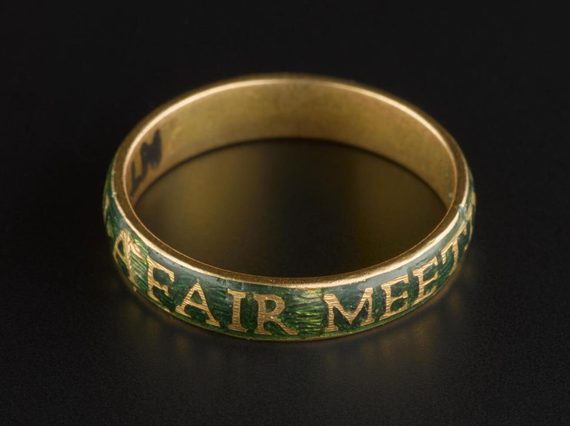
Search our collections
The National Collection is yours to explore.
About our Collections
National Museums Scotland cares for over 12 million objects and specimens in our museums and stores. Over 840,000 items from the collection are currently available to search online. We have an active digitisation programme, and new records are published regularly.
From Viking-age hoards to modern aircraft, Renaissance treasures to specimens from the natural world, ancient Egyptian artefacts to items representative of life in Scotland today, our collections are here to inspire, to support learning, and to be enjoyed by all.